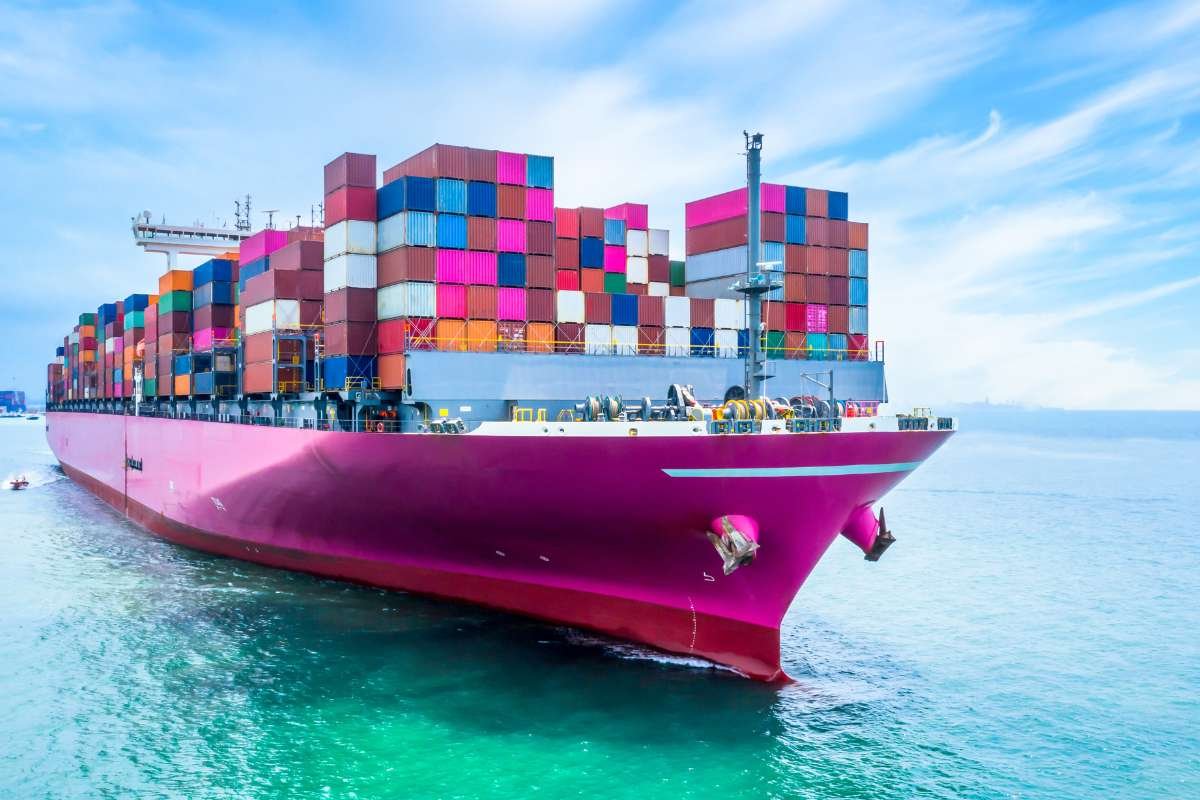In the field of economics, the production functions is a fundamental concept that describes the relationship between inputs and outputs in the production process. It serves as a crucial tool for analyzing how factors of production such as labor, capital, and technology contribute to the creation of goods and services. In this comprehensive guide, we will explore the concept of the function, its components, types, and practical applications in economic analysis.
Definition of Production Functions:
It represents the technological relationship between inputs and outputs in the production process. It specifies the maximum quantity of output that can be produced with a given combination of inputs, assuming a certain level of technology. Mathematically, it can be expressed as follows:
It indicates how changes in inputs, such as labor and capital, affect the level of output produced, holding other factors constant.
Components of Production Functions:
Labor (L):
Labor refers to the human effort or workforce employed in the production process. It includes both skilled and unskilled workers who contribute to the production of goods and services. Labor input can be measured in terms of the number of workers employed, hours worked, or labor hours.
Capital (K):
Capital represents the physical and human-made resources used in production, such as machinery, equipment, buildings, and technology. Capital input enhances productivity and efficiency in the production process. Capital can be measured in terms of the value of physical assets or the level of investment in technology and infrastructure.
Technology (T):
Technology encompasses the knowledge, techniques, and innovations applied in the production process to transform inputs into outputs efficiently. Technological advancements lead to improvements in productivity, allowing firms to produce more output with the same level of inputs. Technology can be embodied in machinery and equipment or embodied in the skills and knowledge of workers.
Economic Efficiency and Resource Allocation:

These functions play a crucial role in promoting economic efficiency and optimal resource allocation. By analyzing the marginal productivity of inputs, firms can determine the most cost-effective combination of labor and capital to achieve their production goals. This optimization process ensures that resources are allocated efficiently, leading to higher levels of output and profitability.
Technological Innovation and Productivity Growth📈
Technological advancements are a key driver of productivity growth and economic development. They provide a framework for understanding how changes in technology impact the production process. As firms adopt new technologies and innovations, their functions shift, leading to higher levels of productivity and output. By investing in research and development and embracing technological change, firms can enhance their competitiveness and long-term sustainability.
Environmental Sustainability and Resource Conservation:
Production functions also have implications for environmental sustainability and resource conservation. As firms strive to minimize costs and increase output, they may face trade-offs between economic efficiency and environmental impact. By incorporating environmental considerations into functions, such as the use of renewable energy sources and sustainable production methods, firms can mitigate their environmental footprint and promote responsible resource management.
Dynamic Nature of Production Functions:
It’s important to recognize that functions are dynamic and subject to change over time. Factors such as technological innovation, changes in input prices, and shifts in consumer preferences can alter the shape and parameters of functions. Firms must continuously adapt their production processes to reflect these changes and optimize their operations accordingly.
Economies of Scale and Returns to Scale:

Production functions also provide insights into economies of scale and returns to scale. Economies of scale occur when an increase in production leads to a proportionally larger increase in output, resulting in lower average costs per unit of output. Returns to scale refer to the rate at which output changes in response to proportional changes in inputs. By understanding these concepts, firms can determine the optimal scale of production that maximizes efficiency and profitability.
Implications for Policy and Decision-Making:
Production functions inform policy decisions and economic analysis at both the micro and macro levels. Governments use functions to design policies that promote economic growth, innovation, and competitiveness. Policymakers also rely on functions to assess the impact of regulatory changes, tax incentives, and trade policies on firms’ production decisions and overall economic welfare.
Practical Applications of Production Function:
Optimal Input Combination:
Production functions help firms determine the optimal combination of inputs to maximize output while minimizing costs. By analyzing the marginal productivity of labor and capital, firms can allocate resources efficiently to achieve higher levels of production and profitability.
Economic Growth:
Production functions are used to analyze the drivers of economic growth, including increases in productivity and technological advancements. By studying the relationship between inputs and outputs over time, economists can identify factors that contribute to long-term economic growth and development.
Policy Analysis:

Production functions inform policy analysis and decision-making by governments and policymakers. By understanding how changes in policy variables such as taxes, subsidies, and regulations affect the production process, policymakers can design policies that promote economic efficiency, innovation, and competitiveness.
International Trade:
They play a role in analyzing comparative advantage and international trade patterns. By comparing the relative productivity levels of different countries, economists can explain trade patterns and identify industries where countries have a comparative advantage, leading to gains from trade.

Top 5 Tips To Simplify The Production Planning Process
Production planning is an integral part of running a business. It involves setting objectives and planning the production process to meet those objectives. Unfortunately, it can be
Conclusion:
The production function is a fundamental concept in economics that describes the relationship between inputs and outputs in the production process. By analyzing how factors of production contribute to output creation, functions provide valuable insights into resource allocation, economic growth, and policy analysis. Understanding the components and types of production functions is essential for economists, policymakers, and businesses seeking to optimize production processes, enhance productivity, and promote overall economic welfare.


















